Clarifying Success for Your Working Group Meeting (with Downloadable Tool)
When organizing a working group meeting, one of the most important things you can do to get started is to define success. There are a few ways to do this, but the crux of it is to make sure you know the “why” behind the meeting.
Because working groups are often established to work through aspirational and shifting goals, and because participants are usually loosely organized, it’s critical that participants understand why they’re meeting, what they are expected to contribute, and what they can expect in return. Although you may already have a cursory idea of agenda topics for meetings, getting clear on your “why” will take your meeting from the typical boring event to a powerful gathering with better outcomes.
Before your next working group meeting, consider taking these steps to prepare.
DRAFT THE KNOW, FEEL, DO
At the top of a blank sheet of paper, write:
At the end of this meeting, attendees should...
KNOW…
FEEL…
DO…
Then complete the statements.
Begin with a rough draft to get some words on paper. Then do your best to make these statements as specific as possible. Instead of something like, at the end of this meeting, attendees should take action, be specific about exactly what action they should take. For example, if the objective of the meeting is to review a project plan, consider something like, at the end of this meeting, attendees should KNOW which part of the project plan they own, FEEL like their contribution will be valued and BUILD their outreach plan. The more specific you can make your stated goals, the more refined and focused your meeting will be, and the easier it will be to design.
GATHER INPUT
It’s easy to get caught up in what you (or your boss, or the planning committee) think the meetings should be about. Check your perspective against others by conducting interviews with the expected other members of the working group. Pick a few folks from the group and ask them a series of questions aimed at finding out the critical issues that need to be discussed, prioritized, decided upon, etc.
Potential Questions:
What do you think is the most important thing we should accomplish next as a group?
What would make it easy for you to contribute to that end? What would make it hard?
What else should I know?
Gathering input ahead of time is critical to avoid side-conversations or unexpected twists in the discussion that could seriously derail your agenda and impact productivity. By gathering input, you will know ahead of time which topic areas need air time and where the priorities are. Additionally, by checking in with everyone in advance, you “warm up the room,” and engage your champions.
SYNTHESIZE YOUR FINDINGS AND REFINE THE KNOW, FEEL, AND DO
Once you’ve gathered input, go back to your planning document and write down your main takeaways from the interviews. Note themes that surfaced or areas where everyone seemed to have a different opinion. Consider questions like these:
What are the issues that everybody called out?
What are the areas of misalignment?
What are the individual and group expectations?
Where are people excited to contribute or collaborate?
Then, review your KNOW, FEEL, and DO statements. Ask yourself if anything should change now that you’ve gathered input. Take a moment and revise those statements based on the increased clarity you have around the “why” of the meeting and what success will look like.
In our work helping clients prepare for meetings and presentations of all kinds, we've created a tool to make the process easy. Download this template for a step by step guide to crafting your KNOW, FEEL, DO and then using it to inform your agenda. The tool has two tabs, one for working sessions or shorter meetings and a second if you are planning an all-day retreat or multi-session or even days-long conference.
This article is Part 2 of a 3-part series on planning and leading your working group meetings.
Here is the full set of articles from the series:

